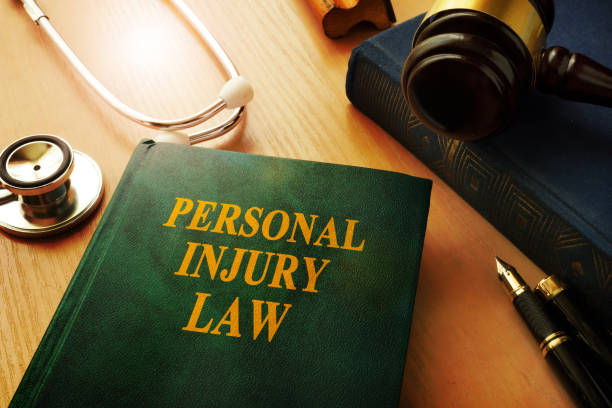Nerve injury is defined as any damage or disruption of one or more nerves in the body, which sends information between your brain and different parts of it, allowing us to experience sensations and move our muscles. Depending on how severe and where it occurs, nerve injuries may cause a variety of symptoms.
Nerve injuries can be caused by a variety of causes, such as trauma, inflammation, infection or underlying medical conditions such as diabetes or autoimmune disorders. Common examples of nerve injuries include:
Accidents or injuries, such as a car crash, fall, or sports injury
Repetitive motion or overuse injuries
Surgery (particularly to the hands or feet), infections such as shingles or Lyme disease.
Medical conditions like diabetes, multiple sclerosis, or rheumatoid arthritis may exist.
Exposure to toxins or radiation
Nerve injury symptoms may include pain, numbness, tingling, weakness, and muscle function; depending on where and how severe the injury. Treatment for nerve injuries may involve a combination of non-surgical and surgical options as well as physical therapy, occupational therapy, and medications for managing pain and inflammation.
The treatment of nerve injuries depends on the severity and location. In general, non-surgical and surgical options can be combined to address nerve injuries. Here are some common treatments for nerve injuries:
Non-surgical Treatments: Non-surgical treatments for nerve injuries include physical therapy, occupational therapy, and medications to manage pain and inflammation. Physical and occupational therapy can help restore function, reduce discomfort, and increase mobility in the affected area. Medications like nonsteroidal anti-inflammatory drugs (NSAIDs) or corticosteroids may be prescribed in order to reduce inflammation and manage pain symptoms.
Surgical Treatments: Surgery may be necessary for more severe nerve injuries or those that do not respond to non-surgical treatments. Surgical options include nerve repair, nerve grafts, and transfers. With nerve repair, the damaged nerve is reconnected in order to restore function; with nerve grafts, a healthy nerve from another part of the body is taken and used in place of it; finally, with nerve transfers, another nearby functioning nerve is redirected and used to replace the damaged one.
Regenerative Therapies: Regenerative therapies such as stem cell therapy are emerging as promising treatment options for nerve injuries. These procedures use stem cells to regenerate damaged nerve tissue and promote healing.
Complementary Therapies: Non-traditional treatments such as acupuncture, massage therapy, and chiropractic care may be used to manage pain and improve mobility in the affected area.
Consulting with a medical professional is essential when trying to decide the most suitable treatment plan for a particular nerve injury, as each injury is unique and requires an individualized approach to healing.
An experienced lawyer provides you with the opportunity to discuss your situation and gain clarity on your potential avenues for seeking compensation. It’s your opportunity to ask questions, assess the strength of your case, and decide if legal representation is beneficial for you.
If you or a loved one has been injured in an accident due to someone else’s carelessness or fault, Darfoor Law Firm is here to provide support and suggest the best course of action.
Accidents can be difficult to deal with; that is why having someone who understands and empathizes is so important.
Call us at +1-833-DARFOOR for a complimentary consultation and case evaluation.




